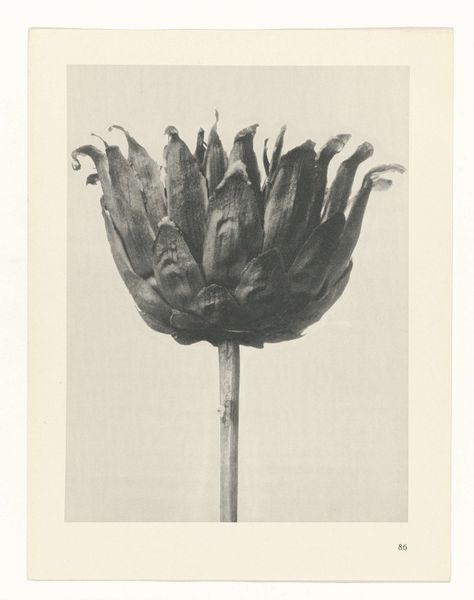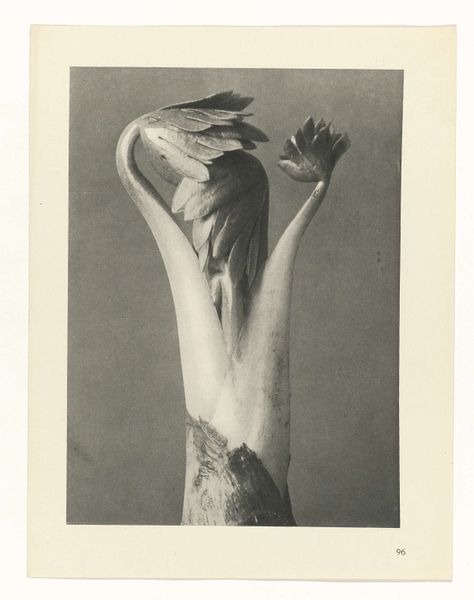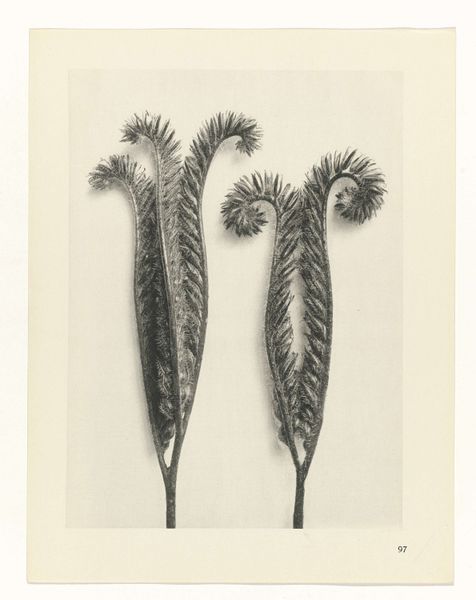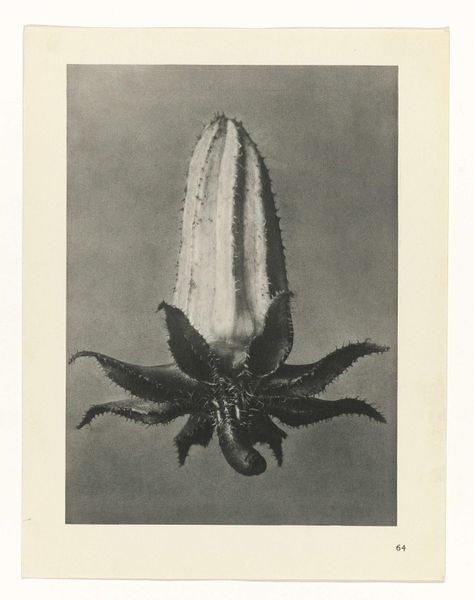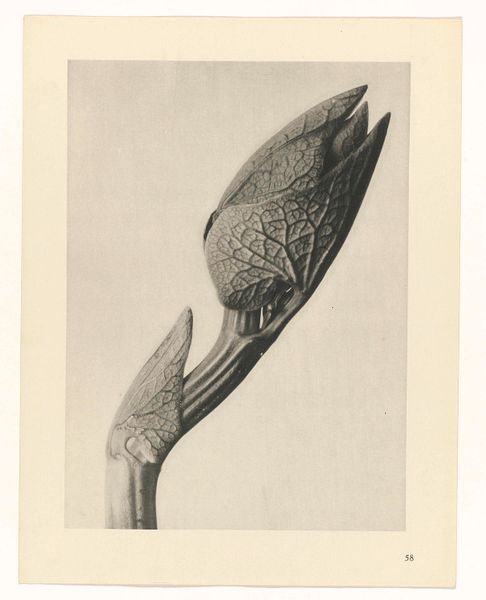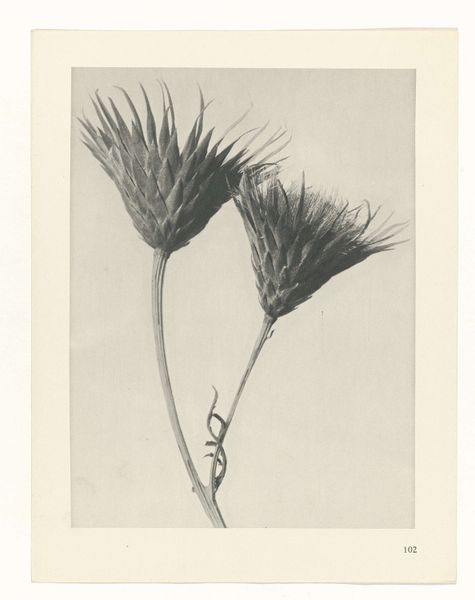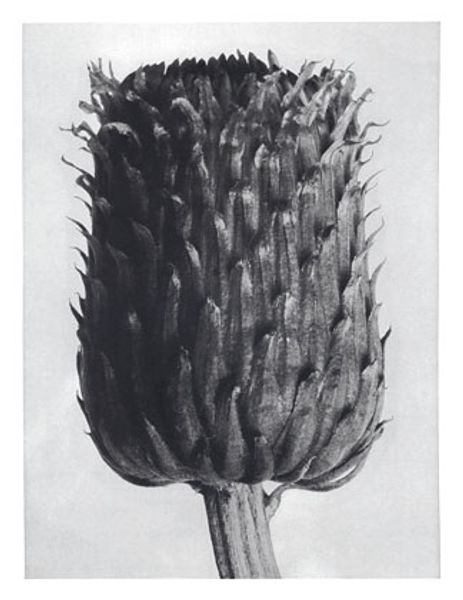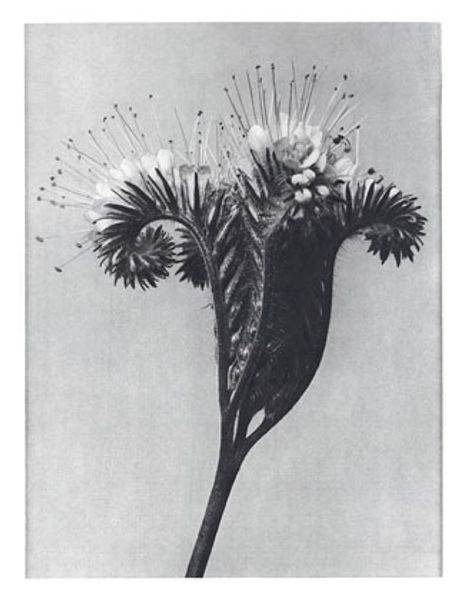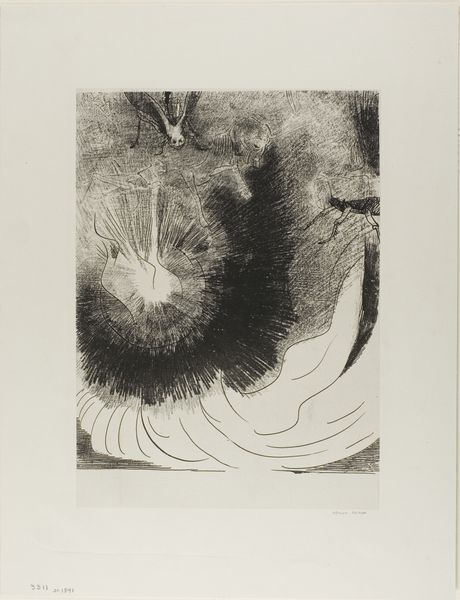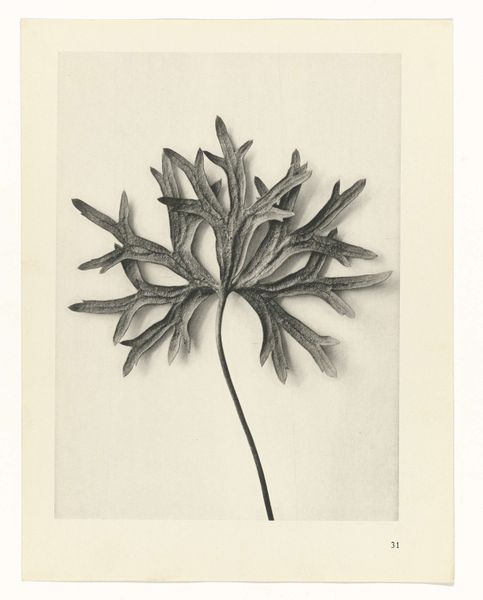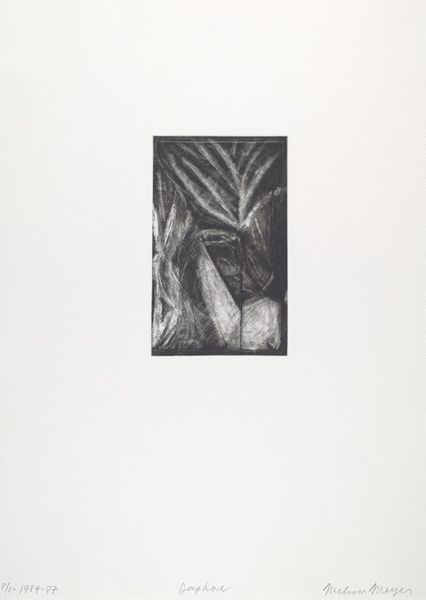
photography
#
photography
#
modernism
Dimensions: height 312 mm, width 242 mm
Copyright: Rijks Museum: Open Domain
Editor: This is Karl Blossfeldt's "Plantstudie" from 1928, currently housed in the Rijksmuseum. It's a black and white photograph, and I'm immediately struck by its almost architectural quality. The plant form is so boldly presented. How do you interpret this work? Curator: The image aligns with the "New Objectivity" movement emerging in Germany during the Weimar Republic. Photography like this shifted from painterly aesthetics towards objective documentation. Blossfeldt's close-ups, particularly in the context of widespread industrialization, challenged traditional notions of beauty and brought natural forms into conversation with mass-produced objects. Do you think he aimed for purely objective record or something more? Editor: I see the tension. On one hand, it feels scientific, like an encyclopedia entry. But the framing and the contrast feel so deliberate, that is so sharp. The choice of plant must matter too? Curator: Absolutely! Consider that many artists and intellectuals were questioning the values that led to WWI. Blossfeldt presented the plant kingdom as a source of original forms, predating industrial design. He highlighted nature as the master creator, prompting a reevaluation of aesthetic and functional principles. The image implicitly critiques human industry through the comparative lens of organic structures. How do museums display pieces like this, impacting how the public sees them? Editor: That’s a great point. By framing these pieces as art, we’re inherently elevating them, almost giving permission to find beauty where it might otherwise be overlooked. So, it's about challenging perceptions and broadening the definition of art, or even of what's aesthetically valid? Curator: Exactly. We're showcasing nature’s form alongside social commentary, influencing what’s deemed worthy of public and critical attention. And that act itself becomes part of the image’s ongoing meaning. Editor: I've definitely got a fresh take on the social relevance of botanical photography now!
Comments
No comments
Be the first to comment and join the conversation on the ultimate creative platform.
